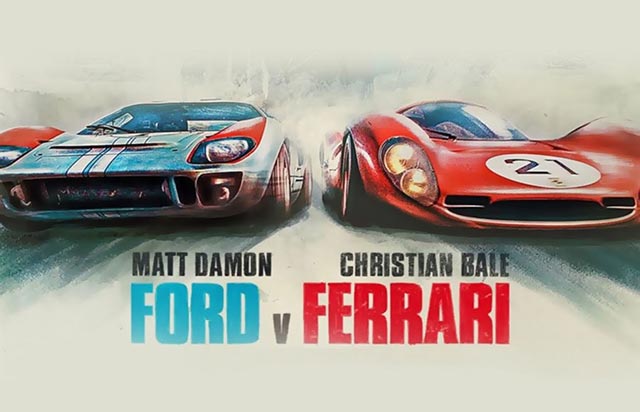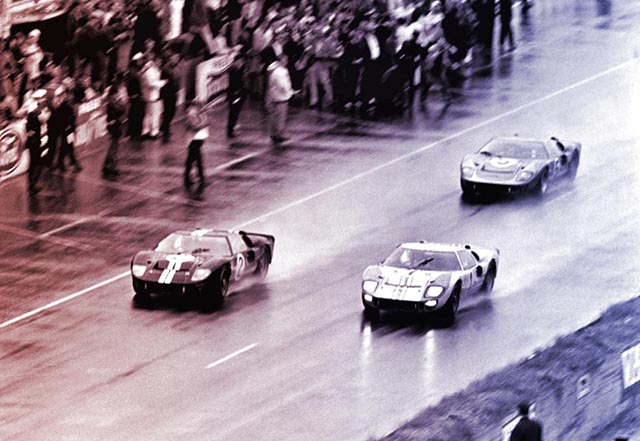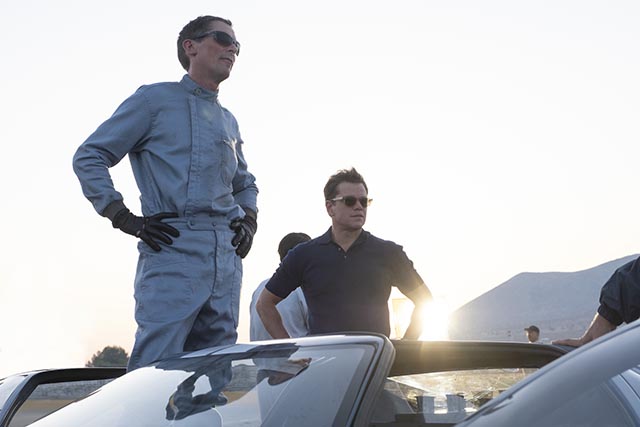
Politics. When you read the word you would normally go to Liberal v Labor, Republicans v Democrats...for those that have and do work in the fields of motorsport and car sales, the word is just as applicable.
The 2019 film Ford vs Ferrari is about politics in those fields. Yet, the title is largely about the sub-plot of what happened between Enzo Ferrari and Henry Ford the second.
Although the event is why the film exists, the film focuses more on the relationship between Ford’s favourite son in the 1960s, Carroll Shelby, and his friend, engineer Ken Miles. Shelby made his name selling higher performance versions of Ford products.
Miles? Well, he was one of those blokes that could sniff a car’s exhaust and tell you what type of fuel it was running, where the car was refuelled, and how many times the accelerator had been pressed through its full travel.
He could sit in a car and inside one hundred metres tell you the difference in PSI between all four tyres, that the left rear shock absorber bush is worn...you get the idea. However it’s this hyper-attention to detail that has his own mechanical business failing as his customers don’t take kindly to the “nitty gritty” of what is wrong with their cars. 
Matt Damon plays Shelby, with Christian Bale the scene stealing and scene chewing Miles. Most of the film is about the interplay between these two, with the framework being how the Ford Motor Company had made an offer to buy a then ailing Ferrari, only to be rejected and spurned like an unwashed suitor.
Enzo Ferrari (Remo Girrone) was approached by Lee Iacocca, played with zest by John Bernthal. This sets up the second half of the movie nicely. The reason behind the approach is simple.
Politics. Ford walks into his factory and shuts down the production line. He addresses the workers and tells them that Ford’s passenger sales were dropping, and ideas were needed.
Iacocca proposes that Ford buy Ferrari in order to compete at Le Mans. This is the time and space where the “win on Sunday, sell on Monday” philosophy actually worked. His proposal, later shown to be valid, is initially greeted with a less than enthusiastic response by Ford (Tracy Letts).
After the meeting between Enzo Ferrari and Iacocca concludes with the rejection, Ford, the person, declares all out war on Ferrari, and this is where Shelby’s experience, and Miles’ technical knowhow come into play. 
Shelby and Miles become involved in the development of the GT40, a car that Ford’s team designed and engineered to take on and beat Ferrari. Miles has his own definitive ideas about how the car should run, and in one sequence, where during testing the brakes completely fail, figures on a improvement that plays a key part later.
There is a further sub-plot that further fuels the political side of the film. Leo Beebe (Josh Lucas), a Ford senior vice president, doesn’t feel the Shelby/Miles mix is good for the Ford company and goes well out of his way to sabotage their advancement where possible.
This extends to a crucial scene where Shelby has won a battle to have Miles drive the then new GT40 at Le Mans under the Shelby team banner, and Beebe has used a form of subterfuge to take Shelby’s competing entry out of the race. 
A good portion of the second half of the film is the first Le Mans race that Ford would win, and lose. Although Miles and two other GT40s have crossed the line in a formation finish (which Australia would see in the late 1970s at Bathurst with Ford again starring), a technicality, which isn’t fully explained, hands the win to another team.
Ford, though, have made their point.
Tragedy strikes soon afterwards as another brake failure during an exhaustive test session, with Miles at the helm, has the car tumble and roll.
As an example of film making, director James Mangold, who crafted three films starring Hugh Jackman (Kate and Leopold, The Wolverine, Logan) , brings an innate sense of timing and rhythm to the two hour plus movie. Camera angles, a deft use of CGI, and the sense to let the relationships between key characters breathe and grow, has Ford vs Ferrari stand as an example of how to bring a film that, in real terms, is about politics in motorsport, to a broader audience.